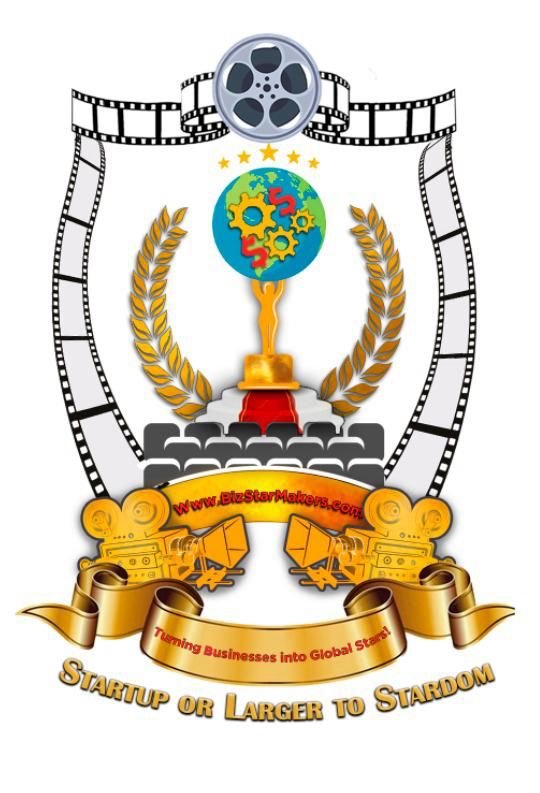Daniel Davidson, MD, MBA, DBA, PHD
Introduction:
The idea of franchising has spread widely in the huge world of modern business, influencing sectors and enabling entrepreneurs all over the world. However, what really is a franchise, and how did it come to be so well-known in the corporate world from such modest beginnings? To understand the essence of franchising and its lasting influence on commerce, let’s take a historical tour.
What is a Franchise?
In a franchise, one company (the franchisor) gives another company (the franchisee) permission to use its name, trademark, and business strategy in exchange for a one-time franchise fee and recurring royalties. This enables the franchisee to run their own company utilizing the franchisor’s tested business plan, marketing assistance, and operational direction.
A franchise is essentially a way to distribute goods or services. The franchisor, who owns the brand and business system, and the franchisee, who pays a fee to use the franchisor’s brand and business model, are parties to a contractual agreement.
History of Franchising
Although the history of franchising goes back thousands of years, the modern concept started to take shape in the 19th century and saw important change in the 20th century. Here’s an overview of franchising’s past:
Early Roots (Middle Ages to 19th Century):
The idea of franchising originated in the Middle Ages as a means for feudal rulers to grow their wealth and landholdings. In return for a fee or a cut of the income, feudal rulers would allow people to run enterprises on their property. In industries like agriculture, where farmers would lease land from the lord and pay a percentage of their crops as rent, these early kinds of franchising were common.
The Industrial Revolution of the 19th century gave rise to one of the first instances of franchising in the contemporary meaning. During this time, new business models emerged, such as trademark and business method licensing.
The Singer Sewing Machine Company is a prominent example from this era; it started enabling independent dealers to sell its sewing machines in return for royalties. Singer was able to reach a wider audience and boost sales by allowing these dealers to use its brand name and marketing strategy.
The foundation for the contemporary franchising model that would arise in the 20th century was created by this early type of franchising. By allowing others to utilize its brand and business model in exchange for a fee, it showed how firms may grow and spread.
Rise of Modern Franchising (20th Century)
The true birth of modern franchising occurred in the 20th century with the creation of wildly profitable franchise networks that completely transformed how companies grew and functioned. Taking a deeper look at the major events that transpired during this time:
The early 20th century:
A&W Root Beer: The construction of A&W Root Beer stands in the early 20th century is among the first instances of contemporary franchising. In order to enable independent operators to sell A&W root beer and other culinary items, the company started franchising its name and root beer recipe to them. This was the catalyst that started the fast-food franchising trend in the US.
Howard Johnson’s :
Howard Johnson’s, which started out as a solitary wayside eatery in Massachusetts in the 1920s, was another early pioneer of franchising. By franchising its restaurant concept, Howard Johnson’s swiftly grew its business by providing high-quality meals and lodging to travelers along key roads.
The 1930s Great Depression:
During the 1930s Great Depression, businesses sought to grow without incurring the financial risk of opening additional facilities, which led to a notable surge in the franchising business model.
The creation of the General Motors (GM) dealership network was one significant development that occurred during this time. During a difficult economic time, General Motors (GM) helped boost sales and broaden its market reach by awarding franchises to independent dealers to sell its cars.
Peak Years Following World War II (1950s–1960s):
In the years after World War II, franchising in the US skyrocketed, leading to the emergence of recognizable brands that are still household names today.
McDonald’s:
McDonald’s, which was established in 1940 but didn’t start franchising until the 1950s, is arguably the most well-known example. McDonald’s created a very effective franchise system that enabled it to quickly increase the awareness of its brand throughout the nation. One of the most prosperous franchise businesses in history, McDonald’s transformed the fast-food sector by providing reliable, excellent food and service at reasonable costs.
Burger King and Kentucky Fried Chicken:
In the 1950s and 1960s, other fast-food restaurants started franchising, including Burger King and Kentucky Fried Chicken (now KFC). These businesses swiftly rose to prominence in the fast-food sector by creating their own distinctive franchise networks.
The IFA, or International Franchise Association,
The International Franchise Association (IFA) was established in 1960 with the goals of advancing franchising as a business model and representing the interests of franchisors, franchisees, and suppliers.
The IFA was instrumental in promoting the franchising industry’s interests and assisting in the development of standards and best practices for franchise operations.
Expansion and Diversification (Late 20th Century to Present):
Over the course of the 20th century and into the present, franchising has experienced notable growth and diversification across a wide range of industries. Significant developments in globalization, technology, and consumer preferences have all occurred during this time, impacting the franchising industry. An examination of the growth and variety of franchising throughout this period is shown below:
Technological Progress:
Rapid technical breakthroughs in the late 20th century completely changed a number of businesses. Franchises that are tech-driven have emerged as a result of franchising’s adoption of these advancements.
Technology-based franchises profited from the rising need for digital solutions and technical know-how. Examples include computer repair services, smartphone repair shops, and IT consulting organizations.
The internet also created new opportunities for franchising, which helped to propel the growth of digital marketing firms, online retail franchises, e-commerce sites, and virtual service providers.
Globalization:
Franchising grew internationally as a result of franchisors looking for chances in other areas as globalization picked up speed.
Well-known franchise companies expanded overseas, customizing their business plans to fit the customs, preferences, and laws of the new markets. Due to the globalization of franchising, well-known companies have spread to many different parts of the world.
Similar to this, local business owners in developing economies welcomed franchising as a means of achieving company ownership, which encouraged the expansion of both domestic and foreign franchise models.
Industry Diversification:
Reflecting the changing demands and preferences of consumers, franchising has expanded beyond its core areas in food service and retail to embrace a wide range of businesses.
With the emergence of fitness facilities, yoga studios, nutrition coaching services, and health food restaurants that cater to customers who are health-conscious, the health and wellness industries have grown in importance within franchising.
Franchises offering a variety of home services, such as landscaping, pest control, cleaning, and renovation, benefited from the rising demand for convenience and qualified knowledge of home upkeep.
In response to the growing focus on lifelong learning and skill development, educational franchises have arisen that include tutoring services, language learning centers, STEM education programs, and vocational training courses.
franchises catered to particular demographics and lifestyle preferences emerged in niche areas including pet care, senior care, mobile grooming, and specialty retail boutiques.
Creativity and Adjustment:
Franchise ideas kept developing as a result of creativity and adjustments to shifting market conditions. To remain current and competitive, franchisors have adopted trends including plant-based diets, eco-friendly operations, sustainable sourcing, and customized client experiences.
Entrepreneurs had access to alternate forms with fewer overhead costs and more flexibility through flexible franchising models, like pop-up stores, kiosks, mobile franchises, and home-based enterprises.
Master franchising, area development agreements, and co-branding programs are examples of collaborative franchising arrangements that assisted strategic expansion strategies and sped up growth in new regions.
Benefits of Franchising:
For both franchisors and franchisees, franchising has the following advantages:
For franchisors:
Quick expansion: Without requiring a substantial initial outlay, franchising enables businesses to swiftly increase their brand awareness.
Shared risk:
By using their own funds to launch and run their companies, franchisees lower the franchisor’s financial risk.
Brand uniformity: By keeping control over their brand image, franchisors can guarantee uniformity throughout all of their franchise sites.
Regarding Franchisees:
Proven business model: Running a company with a track record of achievement benefits franchisees.
Training and assistance: To help franchisees run their businesses more successfully, the franchisor provides them with continuous training and assistance.
Brand recognition:
Franchisees gain from the franchisor’s marketing initiatives and brand awareness, which facilitates customer acquisition.
Conclusion:
From its humble beginnings in the Middle Ages, franchising has developed into a powerful force in the contemporary corporate sector. What was once a straightforward agreement between feudal rulers and their subjects has developed into an intricate global business model spanning numerous industries.
Franchising has a history of expansion, innovation, and adaption. Franchises have changed the way businesses run and expand, from the early days of enterprises like A&W Root Beer and Howard Johnson’s to the global expansion of iconic brands like McDonald’s and KFC.
These days, franchising provides both franchisors and franchisees with a host of advantages. Franchising offers a means for brand owners to quickly increase their brand awareness while distributing the financial risk to their franchisees. In addition to the training, assistance, and brand awareness provided by the franchisor, operating a business with a successful track record is made possible for franchisees.
In the years to come, franchising is probably going to continue to be a major influence in the business world as new markets and technological advancements take place. Franchises will continue to offer chances for business owners to fulfill their objectives and for brands to increase their visibility and influence, whether they are in the fast-food, fitness, or any other area.







